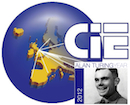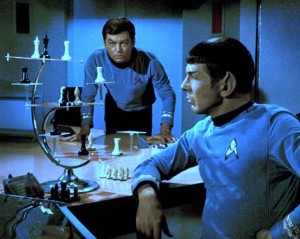 This will be a contributed talk at the Turing Centenary Conference CiE 2012 held June 18-23, 2012 in Cambridge, UK.
This will be a contributed talk at the Turing Centenary Conference CiE 2012 held June 18-23, 2012 in Cambridge, UK.
Abstract. The mate-in-

 This will be a contributed talk at the Turing Centenary Conference CiE 2012 held June 18-23, 2012 in Cambridge, UK.
This will be a contributed talk at the Turing Centenary Conference CiE 2012 held June 18-23, 2012 in Cambridge, UK.
Abstract. The mate-in-
I have just taken up a visiting fellow position  at the Isaac Newton Institute for mathematical sciences in Cambridge, UK, where I am participating in the program Syntax and Semantics: the legacy of Alan Turing. I was asked to give a brief introduction to some of my current work, and I chose to speak about infinite chess.
at the Isaac Newton Institute for mathematical sciences in Cambridge, UK, where I am participating in the program Syntax and Semantics: the legacy of Alan Turing. I was asked to give a brief introduction to some of my current work, and I chose to speak about infinite chess.
Infinite chess is chess played on an infinite edgeless chessboard. The familiar chess pieces move about according to their usual chess rules, and each player strives to place the opposing king into checkmate. The mate-in-
Nevertheless, in joint work with Dan Brumleve and Philipp Schlicht, confirming a conjecture of myself and C. D. A. Evans, we establish that the mate-in- chess, and the exact value of the omega one of chess
chess, and the exact value of the omega one of chess
[bibtex key=BrumleveHamkinsSchlicht2012:TheMateInNProblemOfInfiniteChessIsDecidable]
Infinite chess is chess played on an infinite edgeless chessboard. The familiar chess pieces move about according to their usual chess rules, and each player strives to place the opposing king into checkmate. The mate-in-
Nevertheless, the main theorem of this article, confirming a conjecture of the first author and C. D. A. Evans, establishes that the mate-in-
Richard Stanley’s question on mathoverflow: Decidability of chess on infinite board?
